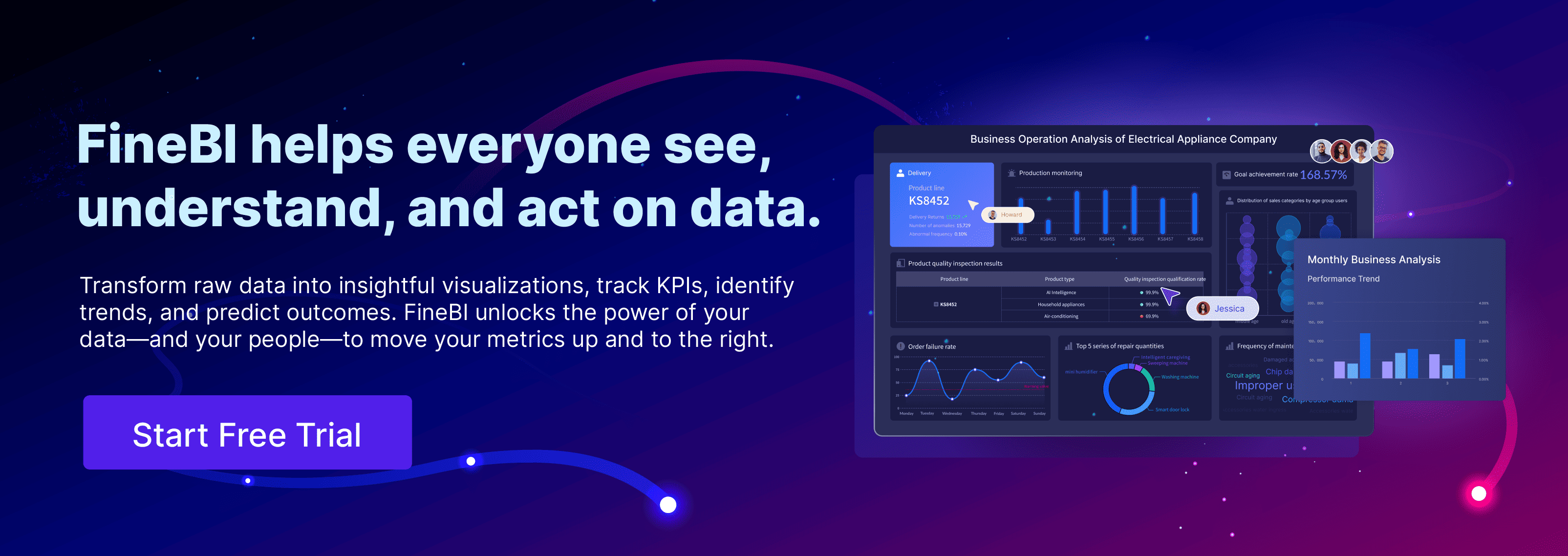Modern retailers face more pressure than ever to keep up with rapid changes in the retail landscape. They turn to digital tools and ai for retail to drive business growth and stay ahead. From smart retail sensors and cloud-based management to digital tools for real-time inventory and customer engagement, retailers rely on technology every day. Big data analytics, ai for retail, and smart retail automation offer personalized recommendations, boost loyalty, and fuel growth. With digital transformation at the center, these tools become the backbone of business growth. Retailers who embrace smart retail and ai for retail unlock powerful digital tools for continuous growth and innovation.
Retailer Challenges Today
Evolving Customer Expectations
Retailers face a fast-changing world where customer expectations keep rising. Over the past decade, customers have shifted from wanting just good prices and products to demanding seamless, personalized, and trustworthy retail experiences. They want to shop online and in-store with the same level of service. Many customers expect retailers to know their preferences and offer fast, easy, and frictionless digital customer experiences. Research shows that 86% of consumers will pay more for a better customer experience, and 76% want personalized service. Customers also care about a retailer’s values, such as ethical sourcing and sustainability.
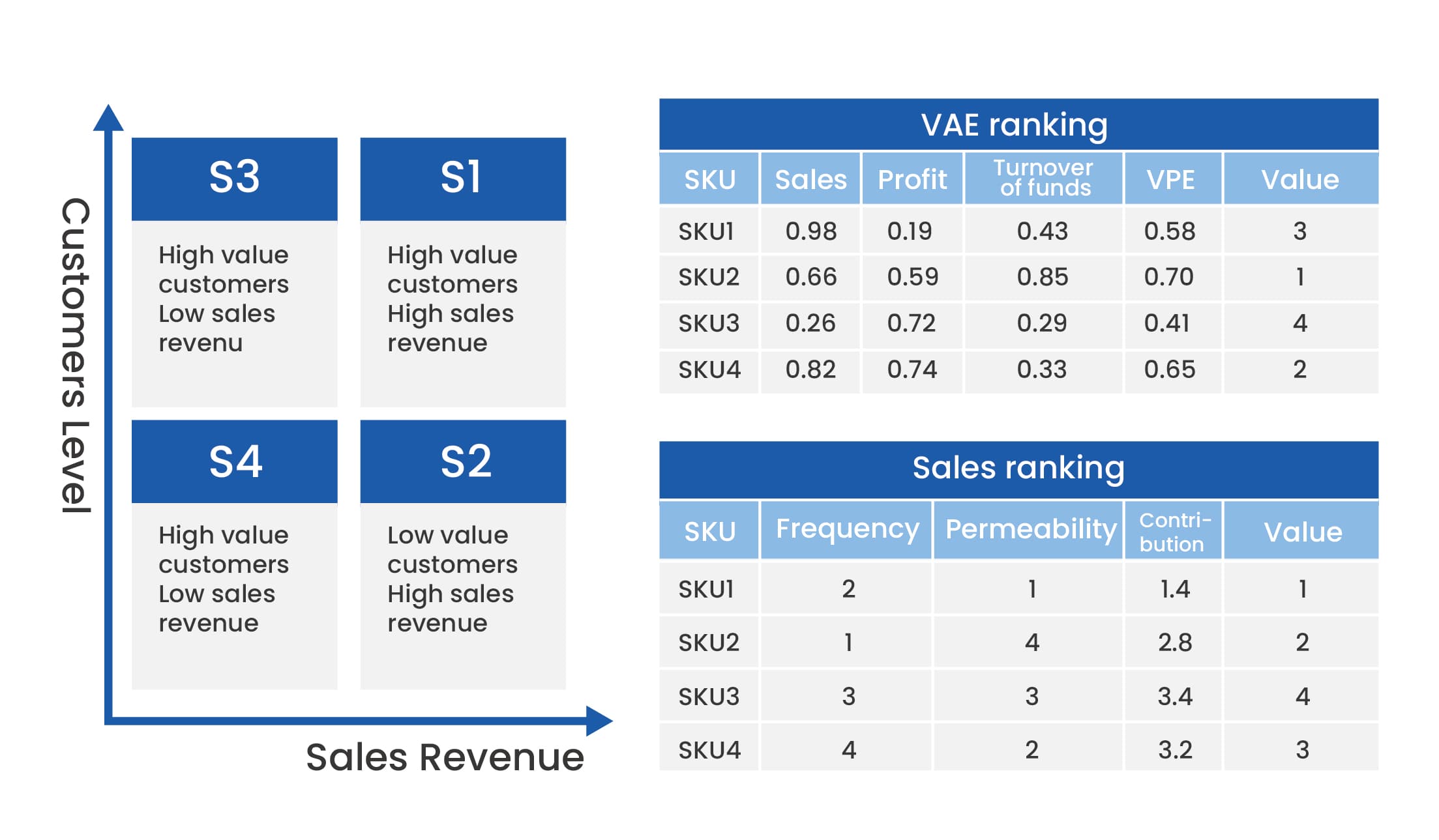
Customers now expect retailers to connect every part of their journey, from browsing on an e-commerce site to picking up in-store. They want quick answers, often using chatbots for 24/7 support, but still value human help for complex issues. At the same time, many customers feel uneasy about sharing personal data, so trust and transparency matter more than ever.
This shift in expectations has a big impact on retail growth. Retailers must invest in new tools and services to keep up, which increases costs. Customer acquisition costs have jumped by over 60% in recent years. Retailers often rely on third-party services for things like payment and delivery, which can squeeze profit margins. Even though customers say they will pay more for convenience, many services have become standard, making it hard for retailers to charge extra. As a result, median profit margins for public retail companies have dropped, and retailers must find new ways to drive growth and stay competitive.
Top Three Challenges for Retailers:
- Meeting customer expectations for seamless omnichannel experiences and building loyalty.
- Handling supply chain disruptions that affect inventory and delivery.
- Managing high employee turnover and focusing on upskilling and retention.
Data Overload
Retailers and e-commerce businesses collect more data than ever before. Every customer interaction, from online browsing to in-store purchases, creates new information. While this data can fuel growth, it also brings challenges. Too much information can overwhelm both customers and employees. On e-commerce platforms, shoppers often see endless promotions and product details, which can lead to confusion and impulsive buying. This overload sometimes causes customers to regret purchases and return products, hurting retailer growth.
- Employees also struggle with data overload. They spend too much time sorting through information, which lowers productivity and job satisfaction. About 35% of US workers say information overload hurts their work, and 30% feel less satisfied in their jobs because of it.
- Retailers who do not manage data well face operational problems and a poor customer experience. Stress and burnout rise as employees try to keep up, and customers may leave for competitors who offer clearer, more focused digital customer experiences.
Retailers must find smart ways to organize and use data. By turning data into clear insights, they can improve customer experience, boost growth, and stay ahead in the competitive retail world.
Essential Tools for Retailer
Retailers today need a powerful set of retail marketing tools to stay ahead. The right tools help them manage sales, inventory, and customer relationships. They also make it easier to adapt to new trends and customer needs. Let’s look at two of the most important categories: POS tools and inventory tools.
POS Tools
Point-of-sale (POS) tools are the heart of every retail business. These retail marketing tools do much more than process payments. They connect sales, inventory, and customer data in one place. Modern POS systems help retailers track sales in real time, manage customer profiles, and offer flexible payment options. Many POS tools now support mobile payments, contactless cards, and even digital wallets like Apple Pay and Google Pay. This makes checkout faster and more convenient for shoppers.
Some of the most popular POS tools include Lightspeed, Square, Clover, Shopify, and Toast. Each platform offers unique features. For example, Square lets staff check out customers anywhere in the store with a mobile device. Toast provides kitchen display systems for restaurants, while Clover supports third-party integrations for loyalty programs and accounting.
Tip: Advanced POS tools can speed up checkout, reduce errors, and improve customer satisfaction. They also help retailers manage promotions, track employee performance, and analyze sales trends.
Key features that set POS tools apart:
- Real-time inventory tracking that updates after every sale.
- Customer management tools to store purchase history and preferences.
- Flexible payment processing, including mobile and online payments.
- Employee management with time clocks and sales tracking.
- Advanced reporting and analytics for better business decisions.
- Omnichannel support for both online and in-store sales.
Retailers who use these retail marketing tools see real results. Zara, for example, integrated its POS system with inventory software and saw a 5% revenue increase. Panera Bread added self-service kiosks and boosted digital orders by 60%. These tools help retailers deliver seamless experiences and keep customers coming back.
Inventory Tools
Inventory tools are another must-have for modern retailers. These retail marketing tools help businesses avoid stockouts and overstock situations. With real-time tracking and smart analytics, retailers can see exactly what’s in stock and what needs to be reordered. This keeps shelves full and customers happy.
Below is an Inventory Management Case:
The best inventory tools use technology like IoT sensors, RFID tags, and cloud-based platforms. These retail management software tools give retailers a clear view of their inventory across all locations. Barcode scanning and automated alerts make it easy to update stock levels and prevent mistakes.
Here are some top recommendations for inventory tools:
- Demand forecasting to predict future sales and adjust stock.
- Real-time tracking with automated updates after each sale.
- Safety stock settings to buffer against supply chain delays.
- Automated reorder points based on sales trends.
- Inventory analytics to spot slow-moving items and plan promotions.
- Warehouse management features like FIFO (first-in, first-out) to reduce waste.
Retailers who use these retail marketing tools enjoy big benefits. They see fewer stockouts, lower storage costs, and better customer satisfaction. For example, a national footwear retailer increased repeat purchases after adding predictive inventory features. Another fashion retailer cut holding costs and improved stock accuracy with automation.
| Benefit Category | Measurable Outcome / Example | Description |
|---|---|---|
| Customer Satisfaction | Improved product availability, more repeat business | Products are always in stock when customers need them. |
| Operational Costs | Reduced storage costs and waste | Efficient inventory management saves money. |
| Decision-Making | Real-time, accurate inventory data | Quick response to market changes and customer needs. |
| Competitive Advantage | Better prices, faster delivery, wider product range | Attracts more customers and boosts sales. |
| Order Accuracy | Zero errors in same-day deliveries at Peterhans | Automation ensures accurate fulfillment. |
Retailers who combine POS tools and inventory tools create a strong foundation for growth. These retail marketing tools work together to streamline operations, improve customer experience, and drive sales. With the right retail technology, retailers can adapt quickly and stay ahead in a fast-changing market.
Note: Retailers should look for platforms that integrate POS, inventory, and ecommerce software tools. This unified approach makes it easier to manage every part of the business from one dashboard.
Digital Transformation Tools for Retailer
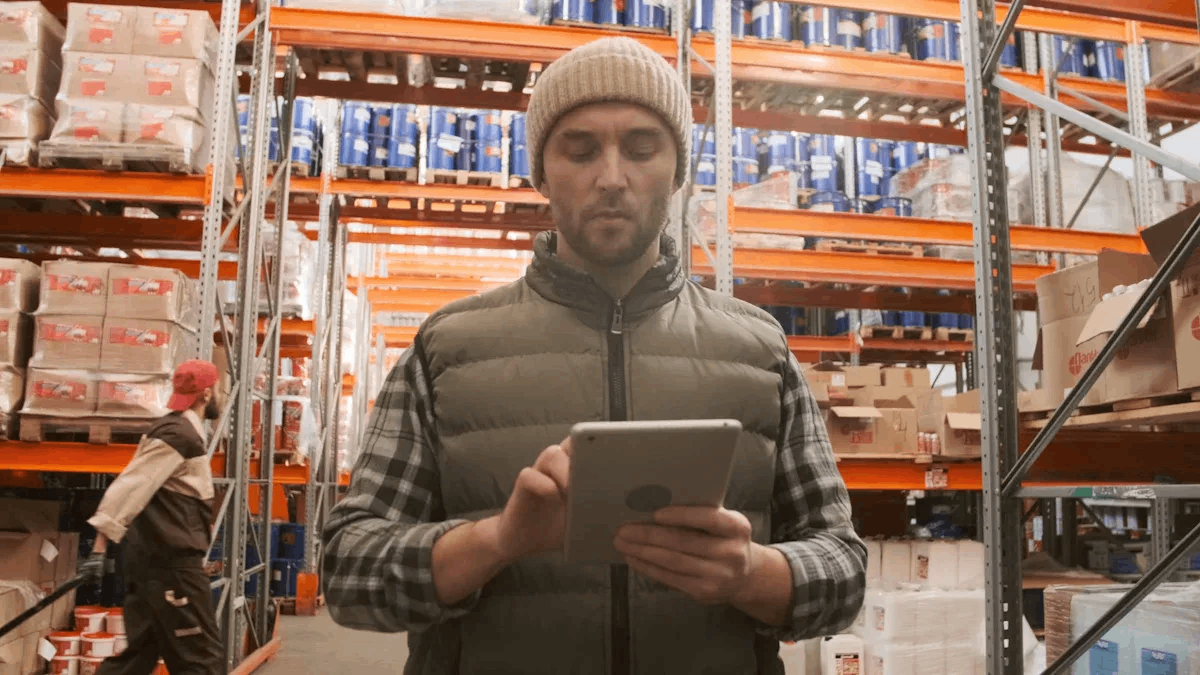
Data Integration Platforms
Retailers today rely on digital tools to bring together information from every part of their business. Data integration platforms play a huge role in making retail operations smoother. These platforms connect sales, inventory, customer data, and even supplier information. With the right digital tools, retailers can see everything in one place and make faster decisions.
Here’s how these platforms help retailers:
- Provide a unified view of all enterprise data for quick, informed choices.
- Automate data integration workflows, saving time and boosting efficiency.
- Ensure data quality and governance, so information stays accurate and secure.
- Scale easily as data grows, supporting both small shops and large chains.
- Support analytics integration, making it easier to use other digital tools and ai for retail.
- Enable machine learning by delivering clean, consistent data for smarter ai for retail models.
- Offer cost efficiency with cloud-based, pay-as-you-go models.
- Improve B2B data exchange and omnichannel integration with partners and suppliers.
- Help retailers personalize marketing and digital shopping experience using customer data.
- Support compliance with security standards, keeping customer trust high.
Retailers choose platforms like Lexer, MuleSoft, and Dell Boomi because these digital tools unify customer data across channels. This makes omnichannel integration possible and helps deliver a seamless digital shopping experience. Retailers also value platforms that are easy to use, flexible, and secure. These smart retail solutions give businesses a real edge in today’s market.
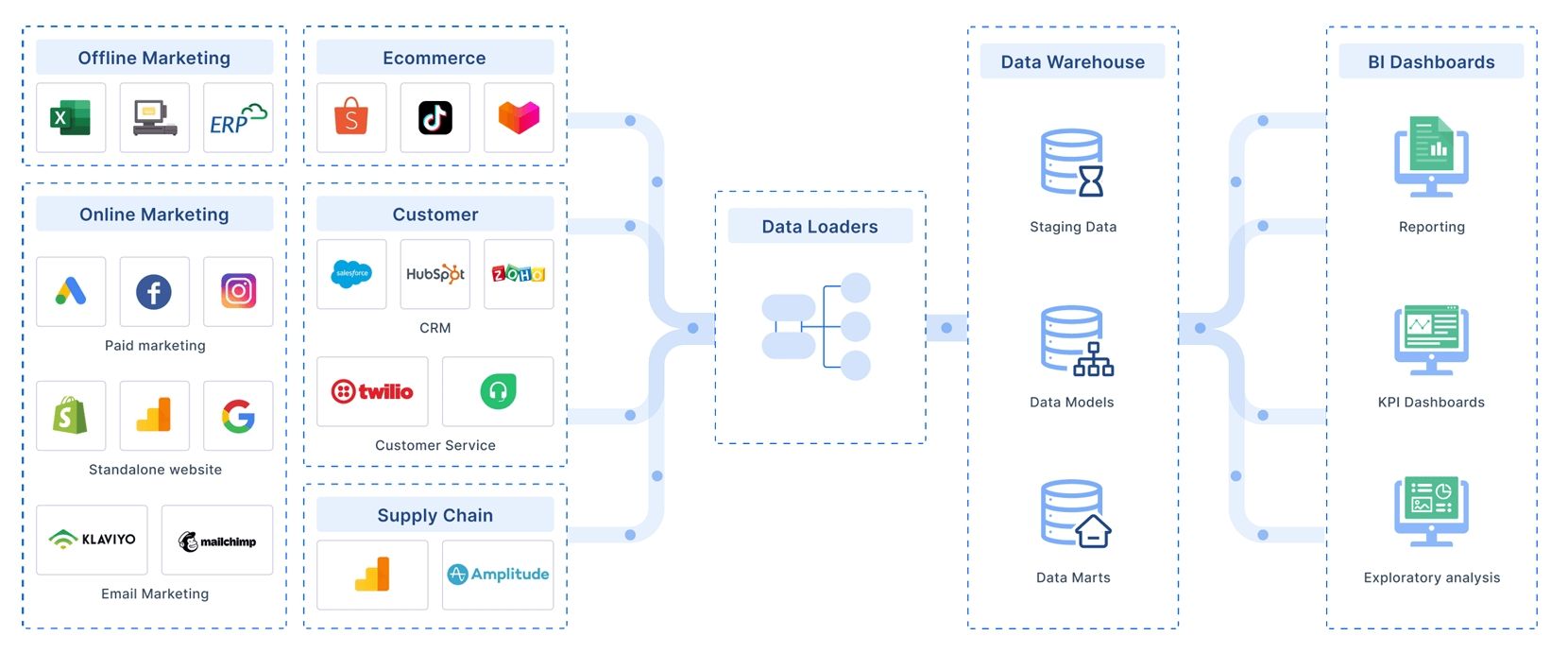
FineBI for Analytics
FineBI stands out as a leading analytics platform for retailers who want to get more from their digital tools. FineBI connects to over 30 big data platforms and SQL sources, bringing all retail data together. This digital platform supports real-time dashboards and self-service analytics, so teams can explore data without waiting for IT.
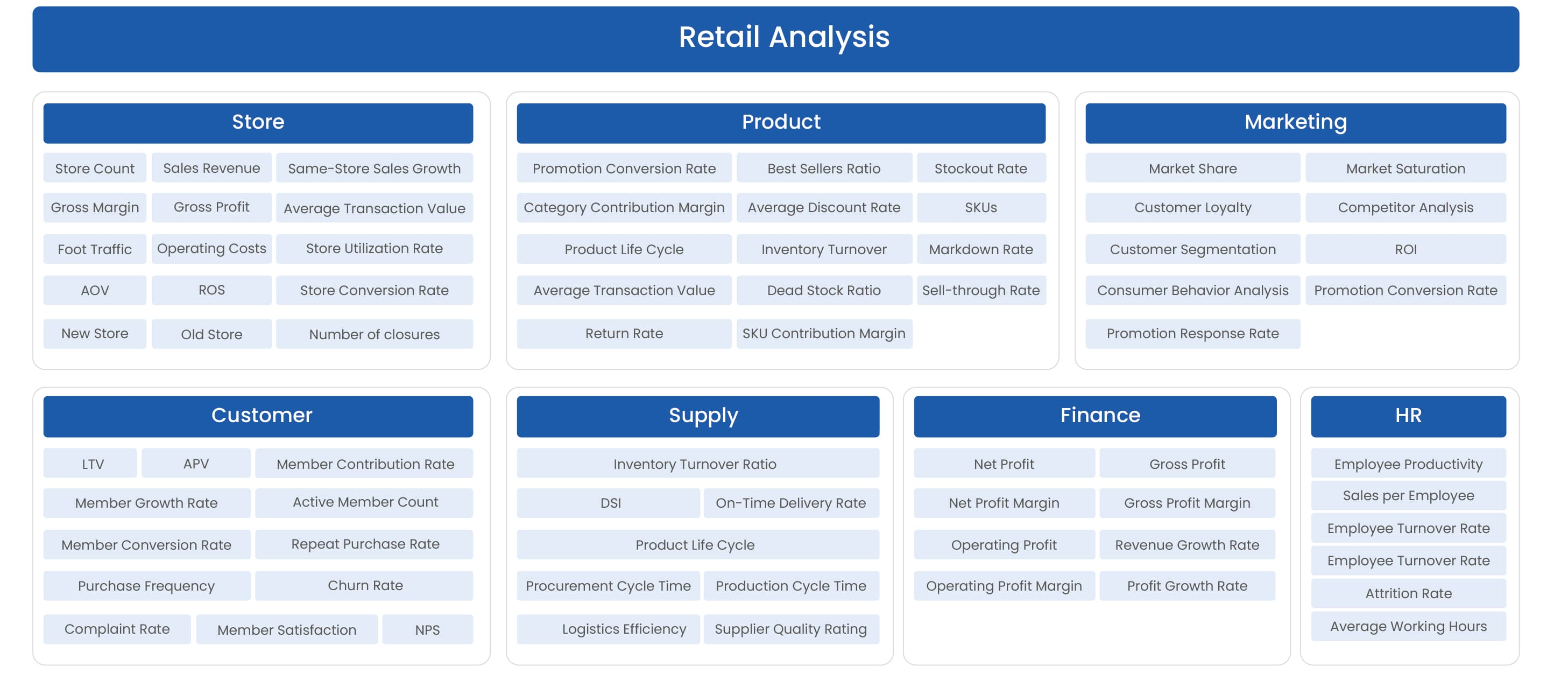
| Feature Area | Description |
|---|---|
| Self-Service BI Platform | Drag-and-drop dashboards for easy, independent analysis. |
| Centralized Data Integration | Connects to many platforms for fast, unified big data analysis. |
| Real-Time Analytics | Powerful engine processes large data sets instantly. |
| Data Modeling & Datasets | Flexible exploration and joining of data for deeper insights. |
| Visual Data Analysis | Suggests the best visuals for quick understanding. |
| Collaboration & Sharing | Multiple ways to share dashboards and insights across teams. |
| Security & Mobile Support | Enterprise-level permissions and mobile access for analytics anywhere. |
FineBI empowers retailers to use digital tools and ai for retail for smarter decisions. Teams can create reports, track KPIs, and share insights in real time. This platform supports high concurrency, so thousands of users can access analytics at once. FineBI also helps retailers with omnichannel integration, making it easier to manage both online and offline data. With these digital tools, retailers can boost efficiency, improve customer experience, and stay ahead with the latest retail technology.
Tip: Retailers who use platforms like FineBI unlock the full power of digital tools and ai for retail. They turn data into action, drive growth, and deliver a better digital shopping experience.
AI and Smart Technologies for Retailer
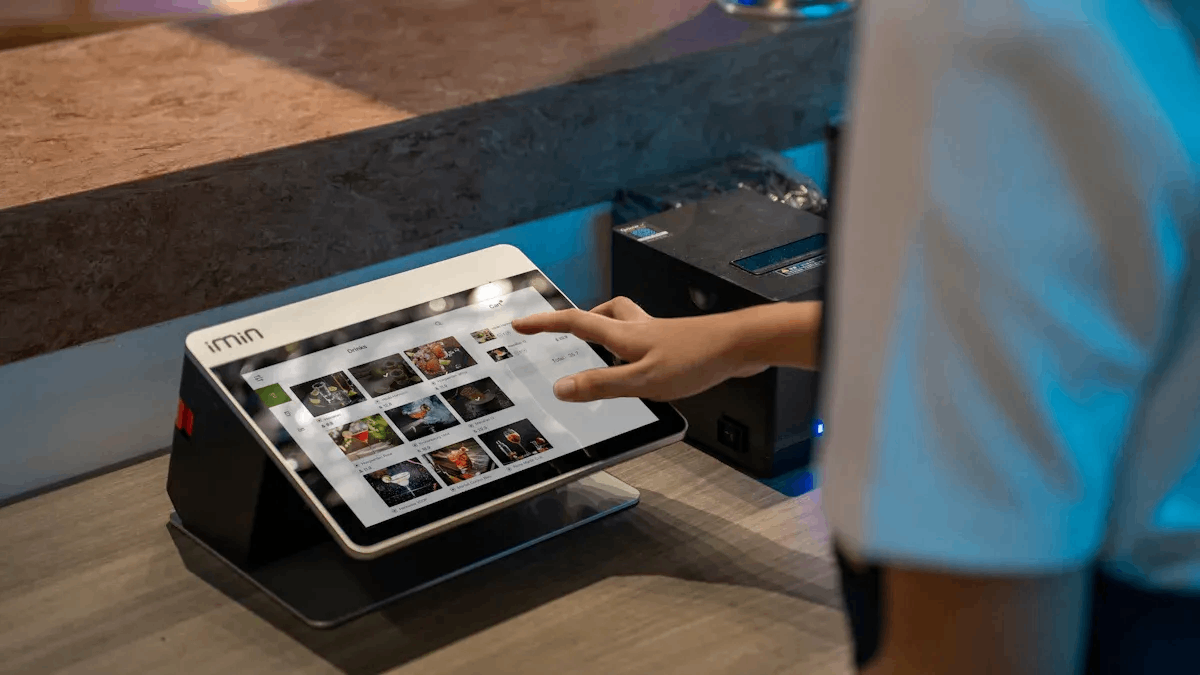
Retailers are moving fast to adopt smart retail tools and ai for retail, but only 4% of retail firms currently use these technologies in their daily operations. This number is set to skyrocket, with 80% of retail executives planning to bring in ai for retail automation by 2025. These tools are changing the way retailers connect with customers, manage stores, and drive growth.
Personalization Engines
Personalization engines are some of the most powerful retail marketing tools available today. They use ai for retail to analyze customer data, like browsing and purchase history, to deliver personalized shopping experiences. These engines help retailers create hyper-personalized shopping experiences that boost engagement and sales.
Leading personalization engines, like OfferFit’s AI Decisioning Engine, stand out by using real-time data and smart automation. They create personalized loyalty program offers and recommendations that match each customer’s needs. These retail marketing tools can increase return on ad spend by up to 25%. Over 30% of e-commerce revenue now comes from personalized recommendations, and nearly 35% of Amazon’s sales are driven by its recommendation engine. Retailers who use these tools see a 10-30% jump in marketing ROI and a 5-15% rise in revenue.
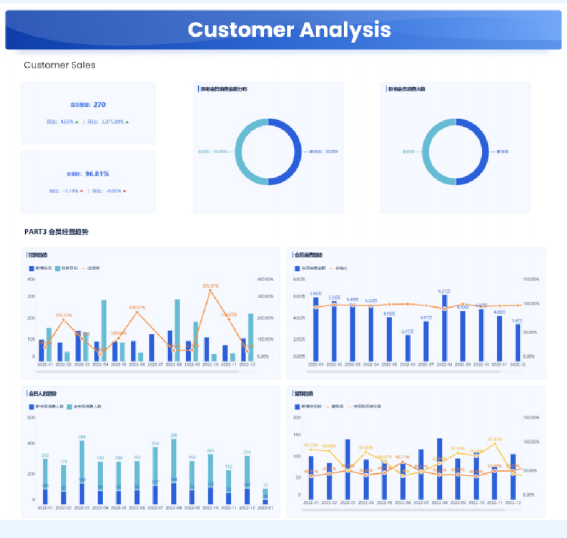
Chatbots and Virtual Assistants
Chatbots and virtual assistants are now essential smart retail tools. They use ai for retail to answer questions, help with orders, and guide customers through the buying process. In eCommerce and retail, these tools are everywhere. About 83% of online shoppers say they are more likely to finish a purchase when a chatbot helps them.
| Aspect | Details |
|---|---|
| Industry Adoption | eCommerce and retail lead in chatbot technology use. |
| Shopper Behavior | 83% of online shoppers complete purchases with chatbot help. |
| Market Growth | Chatbot market in eCommerce will reach $9.4 billion by 2027. |
| Case Study | Best Buy’s virtual assistant cut call center volume by 40%. |
| Key Use Cases | Order help, returns, troubleshooting, and product recommendations. |
Retailers see big improvements after adding these retail marketing tools. First-response times drop by up to 70%. Fewer tickets need human help, and support costs fall by 20-40%. Customer satisfaction scores can jump by 10-25 points. Carrefour’s AI chatbot, Hopla, gives personalized recommendations and supports sustainability, leading to higher engagement and bigger basket sizes.
Smart retail tools like chatbots and virtual assistants also help with intelligent automation. They handle routine questions, freeing up staff for more complex tasks. These tools make it easy for retailers to offer hyper-personalized loyalty programs and personalized shopping support, which keeps customers coming back.
Smart retail will keep changing. Digital tools and recommendations help every team unlock new business growth. Now is the time to review digital tools and take the next step toward smart retail success.
Continue Reading about Retailer
What is Retail Industry Data Analysis and Why It Matters
Top Tools for Retail Data Analysis in 2025
FAQ

The Author
Lewis
Senior Data Analyst at FanRuan
Related Articles
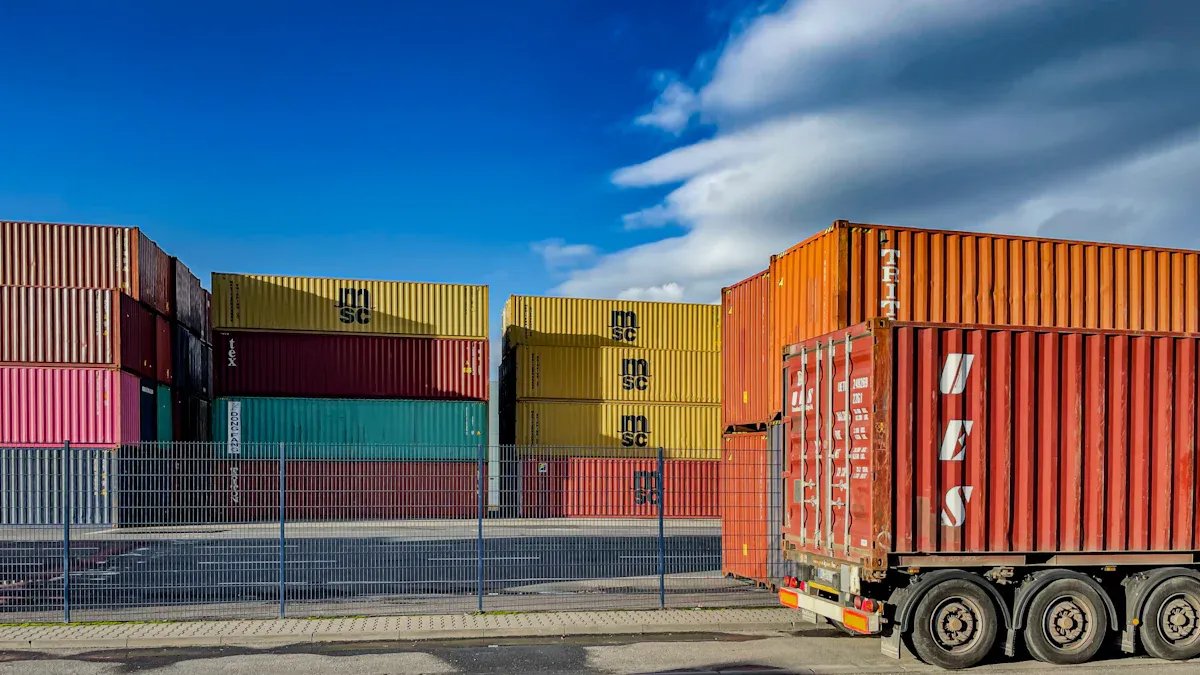
Top 10 Supply Chain Visibility Tools for 2025
Compare the top 10 supply chain visibility tools for 2025 to enhance real-time tracking, integration, and predictive analytics for efficient operations.
Lewis
Oct 29, 2025

Carbon Emission Management Explained and Why It Matters
Carbon emission management involves tracking and reducing greenhouse gases to meet regulations, cut costs, and protect the environment.
Lewis
Oct 12, 2025

What is Green Manufacturing and Its Key Principles
Green manufacturing uses eco-friendly processes to boost energy efficiency, reduce waste, and promote sustainable materials in production.
Lewis
Oct 10, 2025
